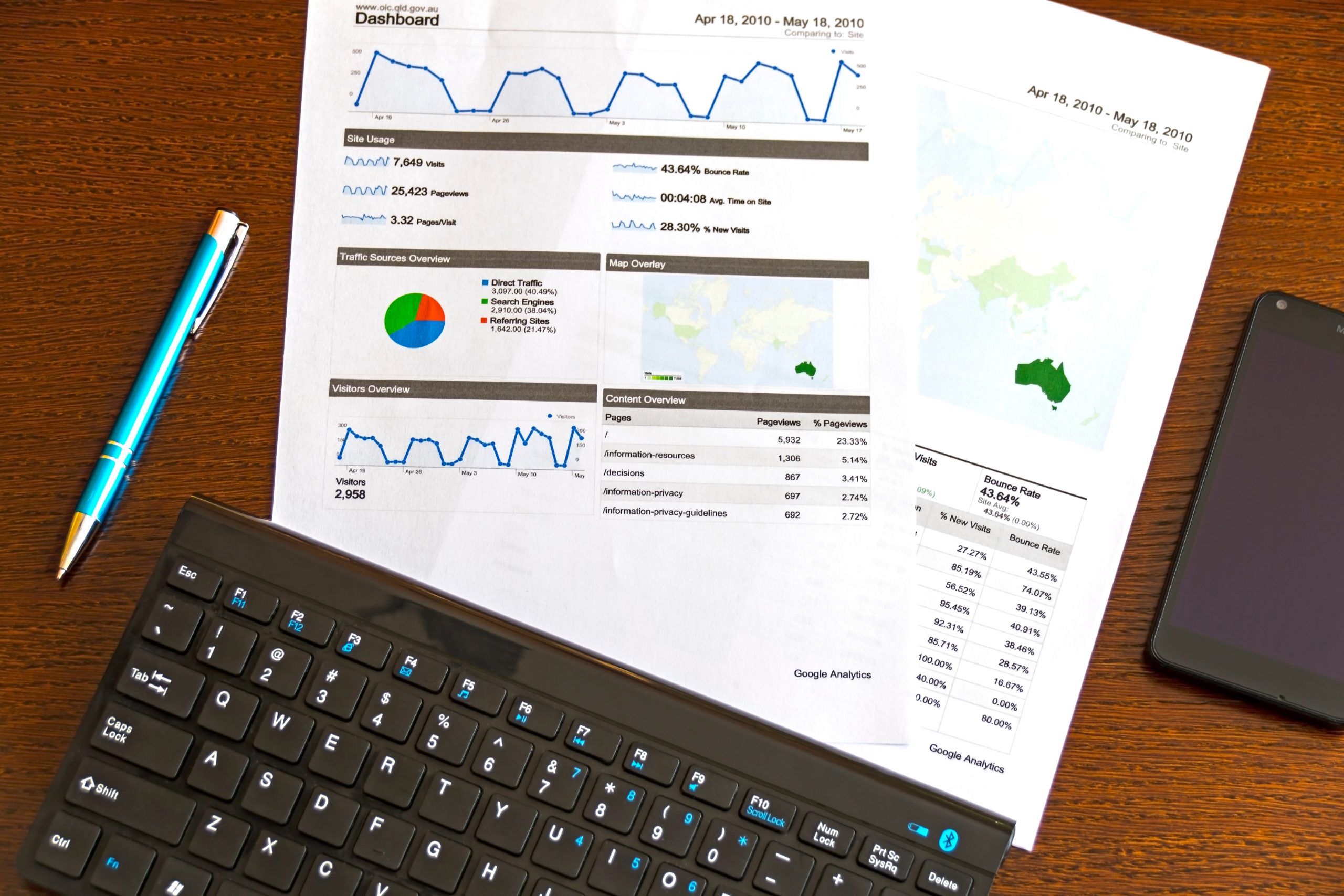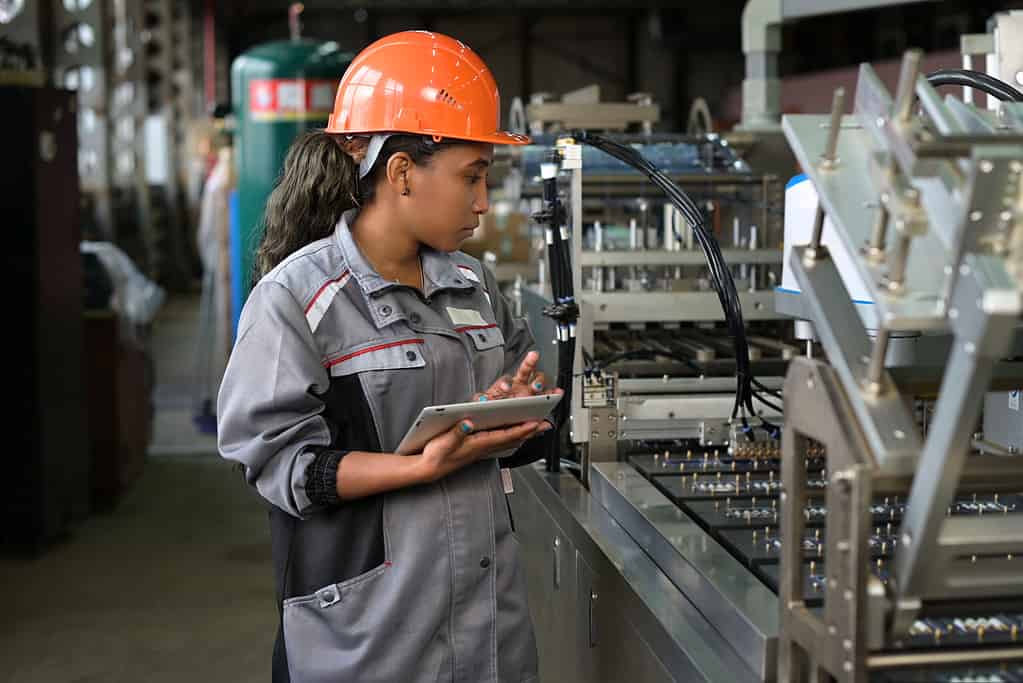
Key Points
- Accuracy is how a measured value compares to an ideal.
- Repeatability is the ability to receive the same results multiple times.
- Understanding how these two factor into your production line is crucial for guaranteed success.
What Is Accuracy?

Accuracy is the difference between a measured value compared to its true value. Since no measurement can be 100% exact, there needs to be a degree of inaccuracy allowed in the measurement. This degree of inaccuracy depends on the amount of error you can accept and is denoted by a ± symbol.
The Benefits of Accuracy
Accuracy is important in nearly every industry, whether it be the equipment in a manufacturing plant, a measuring device in a chemistry lab, or test results in a clinical setting. Accuracy gives you a measure of how close you are to the correct result and is important when calibrating tools and instruments. It is important to note that something can be accurate but not repeatable, and vice versa.
How to Calculate Accuracy
To calculate accuracy, you first need to collect as much data as possible. Once you have collected and recorded all your data, you will need to determine the average value by dividing the sum of data by the number of measurements. Then using your average value, calculate the percent error by subtracting the measured value from the accepted value, dividing by the accepted value, and finally multiplying by 100. This percent of error tells you how far off you are from the true value and whether or not it is within the acceptable range of error for the specific set of data.
What Is Repeatability?
Repeatability is a measurement of how close you are to a particular result or set of data that is measured with the same device under the same conditions. Essentially it is the variability of a given measurement under specific conditions. An experiment is said to be repeatable if the same result is achieved by the same observer, experiment method, tools and devices, and conditions.
The Benefits of Repeatability
Repeatability is used by researchers, data scientists, engineers, and many other professionals as a means to verify their results. By establishing repeatability, you can verify your methods and conclude they are not simply a result of chance. Using repeatability is just as important as accuracy when it comes to calibrating tools used in many different industries, from engineering to medical research facilities to institutional research.
How to Calculate Repeatability
For something to be repeatable, it must be done under the same conditions with the same tools and the same operator. How you perform a repeatability test will depend on whether your experiment is linear or non-linear. For either type of experiment, you must determine what you are measuring and your measurement range. Some common measurements include temperature, pressure, and voltage. For a linear experiment, you would choose a range between high and low values and choose two test points. In most experiments, this is 10% and 90% of the chosen measurement range. When performing a non-linear test, a minimum of three test points should be chosen. However, this is highly dependent on the type of work you are doing and may require more test points to avoid errors.
Once you have created your criteria, you can perform your experiments a set number of times. The number of times you repeat your experiments is highly dependent on the experiment itself. For the most accurate results, you will want to experiment at least 20 times. However, this may not be feasible for expensive and time-consuming experiments. You will need to determine what is within reason and repeat the experiment the maximum number of times you find feasible and realistic.
During your experiments, you will need to collect and record all data. At the end, you will need to calculate the degrees of freedom, mean, and standard deviation. The standard deviation will give you a measure of the variation of your data. A small standard deviation indicates the data is close to the average. You want a small standard deviation when trying to achieve repeatability.
Accuracy vs. Repeatability: What’s the Difference?

While both accuracy and repeatability are important, repeatability tends to be more important than accuracy in many applications. You can have accurate results that are not repeatable and repeatable results that are not accurate. Accuracy is how close a measurement is to the true value, while repeatability is the measurement of the ability to subsequently hit the same target value or result.
Accuracy vs. Repeatability: Who Would Use Accuracy and/or Repeatability?
Both accuracy and repeatability should be used when performing any experiment or evaluating data in any industry. These measurements give a broad understanding of the data and offer insights into where you can make improvements. While one measurement might be more valuable than the other, there are situations in which you want to achieve both accuracy and repeatability.
For example, to perform accurate experiments with reliable results, your measuring devices and other equipment should provide both accurate and repeatable results.
During the calibration process, you want to make sure your equipment is providing accurate results over and over again. This will give you the most accurate data to work with. This is especially important in manufacturing and clinical experiments.+
Why It Matters
So, why do these metrics matter in the context of production
Choosing Between Accuracy and Repeatability: Real-World Scenarios
When choosing between accuracy and repeatability, you need to determine what the goal for the result is. Do you want an experiment to be repeatable so it can then be reproducible? Or do you need both accuracy and repeatability to achieve the desired result?
Let’s say you are practicing shooting your rifle for a competition or upcoming hunt. You want your shots to be both accurate and repeatable. If you shoot your target and the holes are spread out all over, the rifle is neither accurate nor repeatable.
If the holes are clustered together but off from the bullseye, the rifle is repeatable but not accurate. You will need to keep making adjustments to the scope and shooting until you have holes that are clustered together around the bullseye. Only then is the rifle producing both accurate and repeatable results.
The accuracy of a measurement may be more important in clinical research. Let’s say you are experimenting on the blood sugar levels of a certain age group of men. You want your testing devices to be as accurate as possible so they provide you with the most accurate data to analyze. While the results may not be repeatable, given the nature of the experiment, the accuracy of the testing gives you reliable data to work with.
Other Useful Tools and Concerns
Hungry for some other concepts to get your production running like a top? Learning how cost modeling can affect your production is one of those skills that any team leader needs to have. Our comprehensive guide covers why they work and how to use them in your workflow.
Additionally, you might want to take a closer look at exit criteria and acceptance criteria. You’re likely used to the concept of milestones in a project, but these measurements go above and beyond and provide safeguards in the event of unforeseen circumstances.
Summary
While the differences between accuracy and repeatability are significant, and each gives different insights into a set of data or experiments, both are important and have their place. You might use accuracy in parts of your criteria, but your end goal is repeatability.
For example, if you want to achieve repeatability of an experiment, your tools and measuring devices need to produce both accurate and repeatable results themselves. What you choose and when depends on your industry, experiment, and the results you want to achieve.